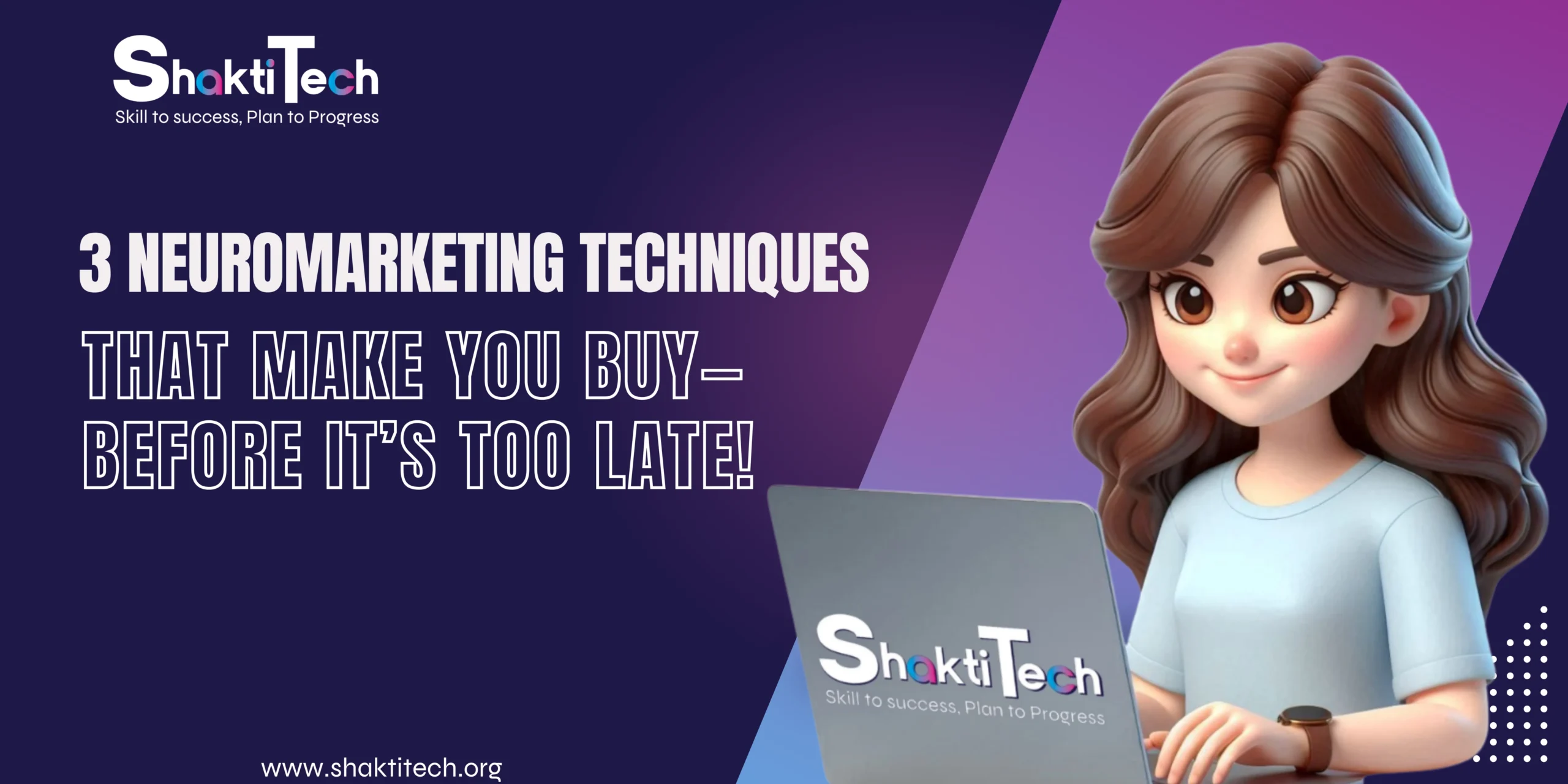
Have you ever noticed that you’re almost automatically picking things off the shelf or selecting “Buy Now” and wondered why?
This overwhelming desire isn’t a coincidence; it’s the key to successful neuromarketing techniques.
The goal of this fusion is to understand what makes you say yes, often before you even realize it.
Discover three amazing examples of neuromarketing strategies used by brands to directly influence your decision-making process in this post.
These strategies, which range from limiting your options to framing pieces and displaying eye-catching discounts, create a sense of urgency and an irresistible FOMO (fear of missing out).
Knowing these brain hacks will permanently change your mindset on buying and selling, regardless of whether you’re an enthusiastic marketer or a consumer.
Ready to see what’s behind the curtain and learn how brands make you buy—before it’s too late? Let’s get started.
1. Don’t Miss the Sweet Spot: FOMO and the Rule of Three in Neuromarketing Techniques
The human brain can become overwhelmed and unable to make decisions when presented with an excessive number of options.
Choice architecture is a clever neuromarketing technique that marketers use to overcome this phenomenon, which is known as “choice paralysis.”
Why It Works:
- Makes Decisions Easier: Brands give consumers only three options rather than a plethora of options.
- Behavior is guided by the middle option: which is typically the “Goldilocks Choice” among these three options because it is neither too costly nor too expensive.
- Reduces cognitive load: When the brain isn’t overloaded, making decisions quickly feels easier.

Examples from the Real World:
- Netflix Pricing Structures: Netflix offers three subscription tiers: Basic, Standard, and Premium.
Because it seems to offer the best balance between features and price, the Standard plan, which is the middle option, is chosen by the majority of users.
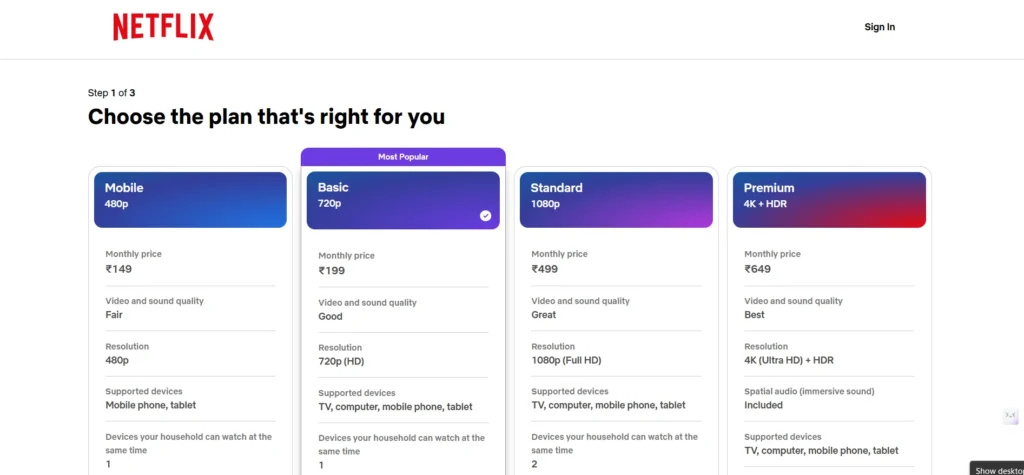
- Apple Product Lines: When Apple launches new devices, it often offers three versions with varying specs and prices. The middle model is positioned to draw in the majority of customers.
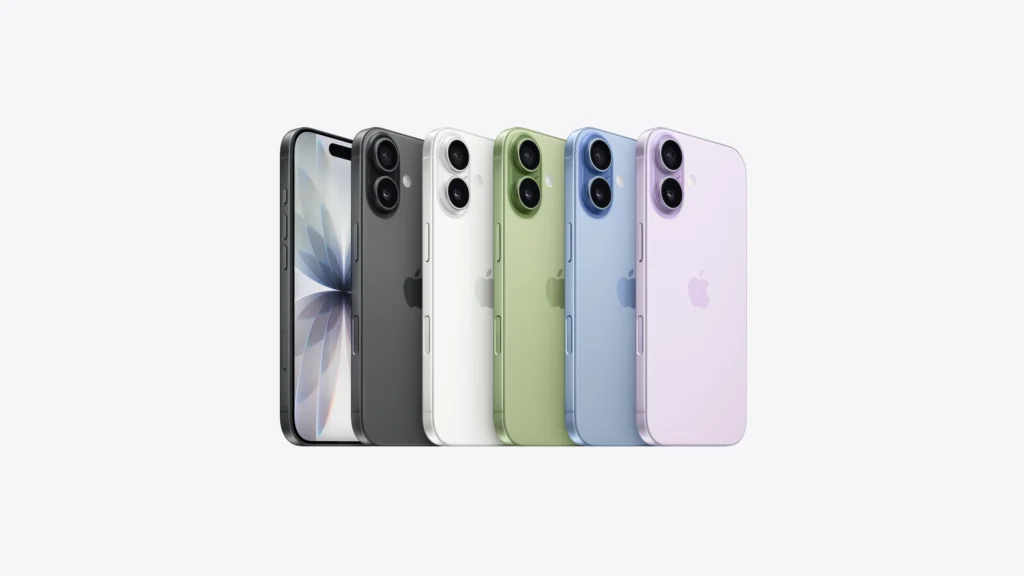
- Fast food combos: Establishments such as McDonald’s offer three meal sizes (small, medium, and large). Due to this choice architecture effect, the medium size typically sells the best.
How Companies Use It to Cause FOMO:
- Packaging choices as “Good, Better, Best” sets clear expectations and pushes buyers toward the “Better” option for perceived value.
- Customers are encouraged to act fast when scarcity cues like “Only 3 left!” or “Limited time offer” are added to the middle option.
By limiting choices and guiding customers toward the optimal option, choice architecture helps brands boost sales while making buyers feel confident in their decisions.
2. Anchored In or Left Out? The Price Perception Hack Every Shopper Fears Missing
When you saw an extremely expensive product, did you ever think, “Wow, everything else seems so affordable now?”
Price anchoring is one of the best neuromarketing strategies, so it’s not merely a coincidence. Brands create a mental reference point that makes all other options seem more reasonable by launching an expensive option first.
The Reason It Works:
- Perception is altered because the brain automatically bases price comparisons on the first number it sees, which serves as the “anchor.”
- Produces a bargain effect: When compared to the anchor price, subsequent offers seem like a good deal.
- Increases premium sales: The anchor occasionally serves to make the lowest or middle offer appear like a good deal, even when it is normally priced.
Real-World Examples:
- Luxury Retail: To give the impression that the rest of the collection is more reasonably priced, expensive items (such as £5,000 designer handbags) are prominently displayed in upscale establishments.
- SaaS & Online Tools: Although the majority of users opt for the less costly (but still premium) single-app plan, Adobe gives priority to its most costly “All Apps” plan.
- Cafés and restaurants: By placing the priciest item or wine on the menu first, customers are more likely to select mid-range options that appear more affordable.
How Brands Use It to Incite FOMO:
- Brands make regular prices seem like temporary discounts by emphasizing expensive packages or “premium” options.
- Time-limited “slashed” prices (e.g., “Usually ₹10,000, now only ₹4,999!”) give the impression that the deal is irresistible and urgent.
3. Get It Cheaper—If You Act Now: FOMO and the Magic of Before & After Framing
The traditional “before and after” price reveal is among the most alluring illustrations of neuromarketing techniques. Brands convey a sense of urgency and real savings by placing the current discounted rate next to the original, higher price.
The Reason It Works:
- Initiates the system of rewards: Dopamine is released in the brain when a reward is received because it feels like a victory.
- Creates urgency: FOMO and the urge to buy before it expires are fueled by the notion that a deal is being offered at this very moment.
- Value is magnified: When compared to the original price, even small savings appear significant.
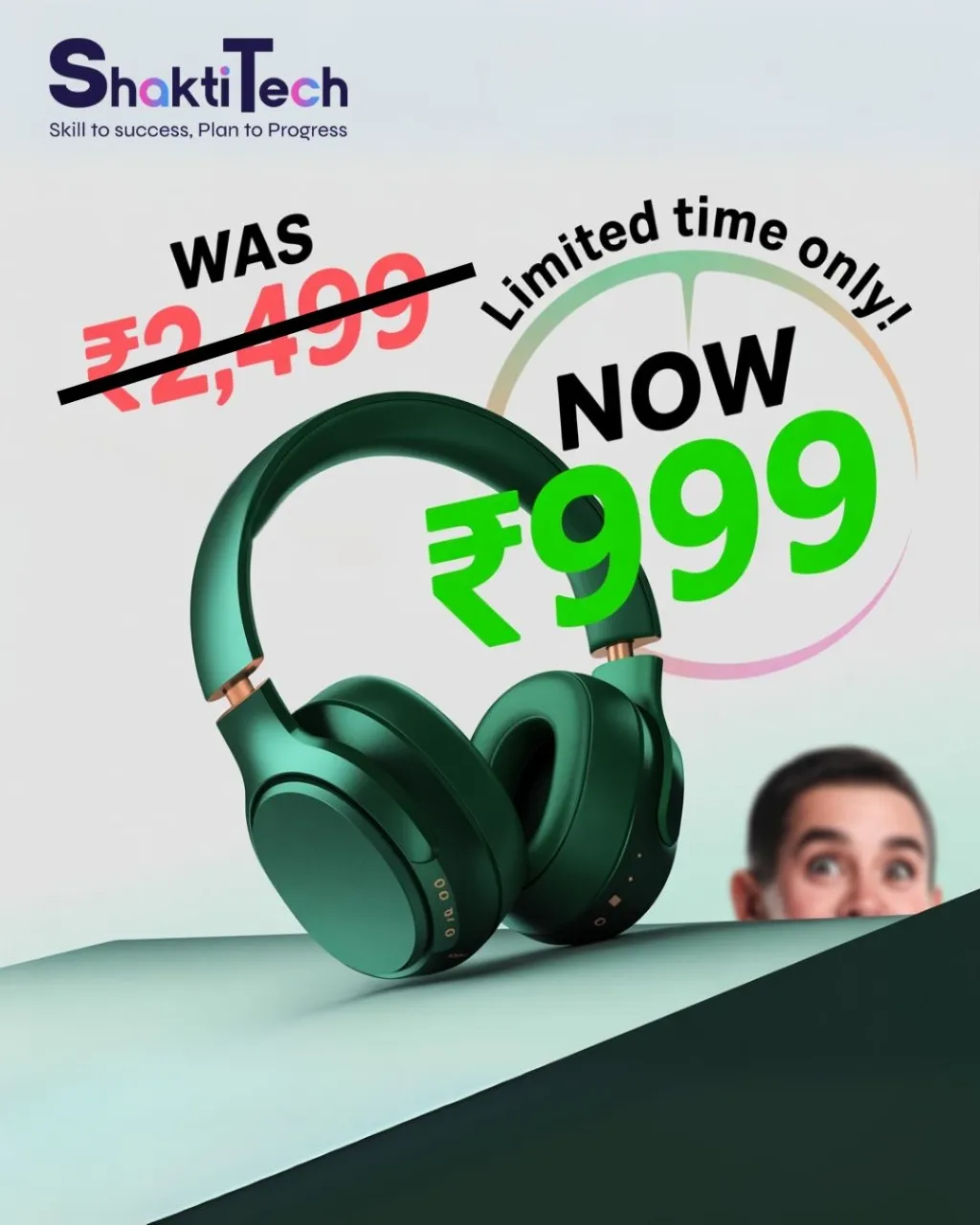
Real-World Examples:
- E-commerce sales, where sites like Amazon or Flipkart constantly display “Was ₹2,499, now only ₹999,” giving customers the impression that they are grabbing something unique before it’s gone.
- Travel & Booking Sites: To entice customers to lock in savings before prices increase again, hotel and airline websites prominently display the “original price” and “today’s deal.”
- Retail Stores: The “original” and “sale” prices are displayed side by side on vivid price tags in physical stores, making it nearly impossible for bargain hunters to resist grabbing the lowered item.
How Companies Use It to Cause FOMO:
The urgency is increased by countdown timers next to the discounted price: “The deal expires in two hours!”
Savings seem exclusive to bold, quick-thinking decision-makers when phrases like “Hurry! Only 5 left at this price” are used.
The goal of before-and-after framing is to give customers the impression that they are receiving the most value possible at this precise moment.
It is understandable why this neuromarketing strategy is a mainstay of every significant shopping occasion and flash sale.
Conclusion
By mastering these powerful neuromarketing strategies, brands can quickly and confidently turn any moment of buyer hesitancy into a “yes.”
In addition to creating urgency, marketers can evoke genuine excitement and give consumers the sense that they are wise decision-makers by employing brain science strategies like price anchoring, the Rule of Three, and before-and-after framing.
The best feature? These are insights into the natural functioning of our brains, not tricks.
The next time you find yourself hurrying to get a deal or selecting that “just right” option, remember that your brain is prepared for these circumstances. And now you are, too.
Are you ready to shop and sell more sensibly?
FAQs
Why do I pick the middle option?
Because three choices make it easy, and your brain loves the “just right” middle one.
Why do some prices look like better deals?
The first high price makes the others seem cheaper—a trick called price anchoring.
How do sale prices make me buy faster?
Seeing the old and new prices side by side makes you feel like you’re winning a deal.
Is it fair for brands to use these brain tricks?
Yes, when done honestly, they help you shop smarter, not trick you.
Why do “Only a few left” signs freak me out?
They spark FOMO—fear of missing out—that pushes you to act fast.
Leave a Reply